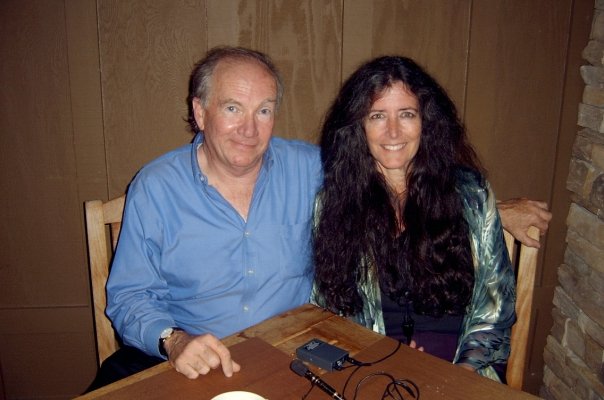Some time ago, I had heard that CBS was planning to provide closed captions for its online episodes first shown on television. Today, I checked the most recent episode of "The Good Wife" because my TiVo hadn't recorded the last episode properly, and found that there were captions available! A Google search found no mention of CBS providing this feature, and it's not announced anywhere I can find on the CBS web site, so it's well-hidden.
(Hulu.com has been showing many captioned episodes for shows from other networks (ABC, Fox, NBC, and some premium networks), but CBS had been quite late to the game. PBS has been quite slow as well, too. I just checked whether the Masterpiece episodes were captioned on the PBS web site, and there was no indication of them.)
It may be a bit challenging to figure out how to turn on the captions. CBS didn't do a good job of helping people to recognize right away that the episode would be captioned; everybody else is using a "CC" or "subtitle" indicator that can be seen right away. Here are some instructions:
Go to www.cbs.com. Find a *full* episode of a series that you're interested in and click on it. To turn the captions on, bring your cursor into the middle of the video to see the menu show up. Look for and click on the plus sign for "More" on the lower right hand side, click again on "CC captions" just once. (Unfortunately, there seems to be no immediate visual indication of when the captions activate except by waiting to see if the captions show up; the letters of "CC Captions" don't change color or shading noticeably.) You'll have to click on the bar on the right hand side to bring the video back to the beginning point because you will have missed the beginning dialog.
For now, captions will need to be activated each time you see a new episode. Once you get used to the menu, pause the video every time you start a new video and then try to quickly turn on the captions before the whole window shrinks into a small box and makes the menu disappear.
Obviously, the menu is not well designed, but hopefully it will be improved over time.
Wednesday, January 26, 2011
Wednesday, January 19, 2011
Adding Captions to YouTube videos
A while ago, I received the following question, and thought the answer might be of interest to others:
"I need some advice for how to add captioning to videos that are uploaded on the net (for example just to YouTube)."
First, let's discuss YouTube because it offers two free tools to help users caption their own videos: auto-synchronization and automated captioning.
Either tool is under the control of the holder of the account where the video has been uploaded (or by someone who has been given the authority to use that account).
However, imagine that you already have a complete script for a short video under fifteen minutes long (YouTube's current limit for uploaded videos from most standard account holders). YouTube's software can automatically synchronize the words in the text with the spoken audio. This saves a great deal of time and is the best way to provide the captions if you already have a complete transcript. (However, it will still help to read the "Captioning Key" and you may still want to use VideoCritter.org afterwards to make any needed changes; both are discussed below.)
The second YouTube tool is automated transcription, which uses Google's speech recognition software to produce captions and which generally inevitably produces errors. By default, new videos uploaded to YouTube are now automatically transcribed. If the speech on the video is clear and in unaccented, standard English, and if there is no background noise or music, chances are that the automated transcription might work fairly well at producing usable captions. The resulting caption file should then be edited to correct any errors.
Viewers do not see the automated captions unless they have elected to turn on the automated transcription by pressing the red CC button on the lower right hand side of the video, then clicking on "Transcribe Audio", and then on "OK" after they have been made aware that they are using a beta service.
YouTube began providing free automated transcription of all videos uploaded to YouTube early in 2010. (The service can also translate the English captions into different languages.) See:
An easy way to edit the resulting caption file is to use the free third-party tool at:
To see a captioned video showing how to use this resource to provide a completely new caption file or how to edit an existing caption file, go to:
http://www.mncdhh.org/
For example, there are "style guidelines" and a "Captioning Key" about how to format the captions properly which is particularly useful to read. Many amateur captioners would do well to look over the Captioning Key. Although I'm a long time user of captions, I still saw tips there that hadn't been obvious to me.
There are other tools as well to caption videos or YouTube videos, which are mentioned in the above resource.
If you want the ability to caption any video in any language, check out http://DotSUB
I haven't had personal experience using any of these captioning tools. (Being hard of hearing, I'm usually not able to make out the dialog in videos in order to caption them.) Please feel free to share your experience using these captioning tools by posting a comment below.
Update: I've written this blog with the presumption that most people reading this blog would be interested in learning how to do the captions themselves. However, there are professional companies who specialize in providing captions for videos. See the comment below for more information. I've edited this blog to incorporate the corrections provided.
Subscribe to:
Posts (Atom)

